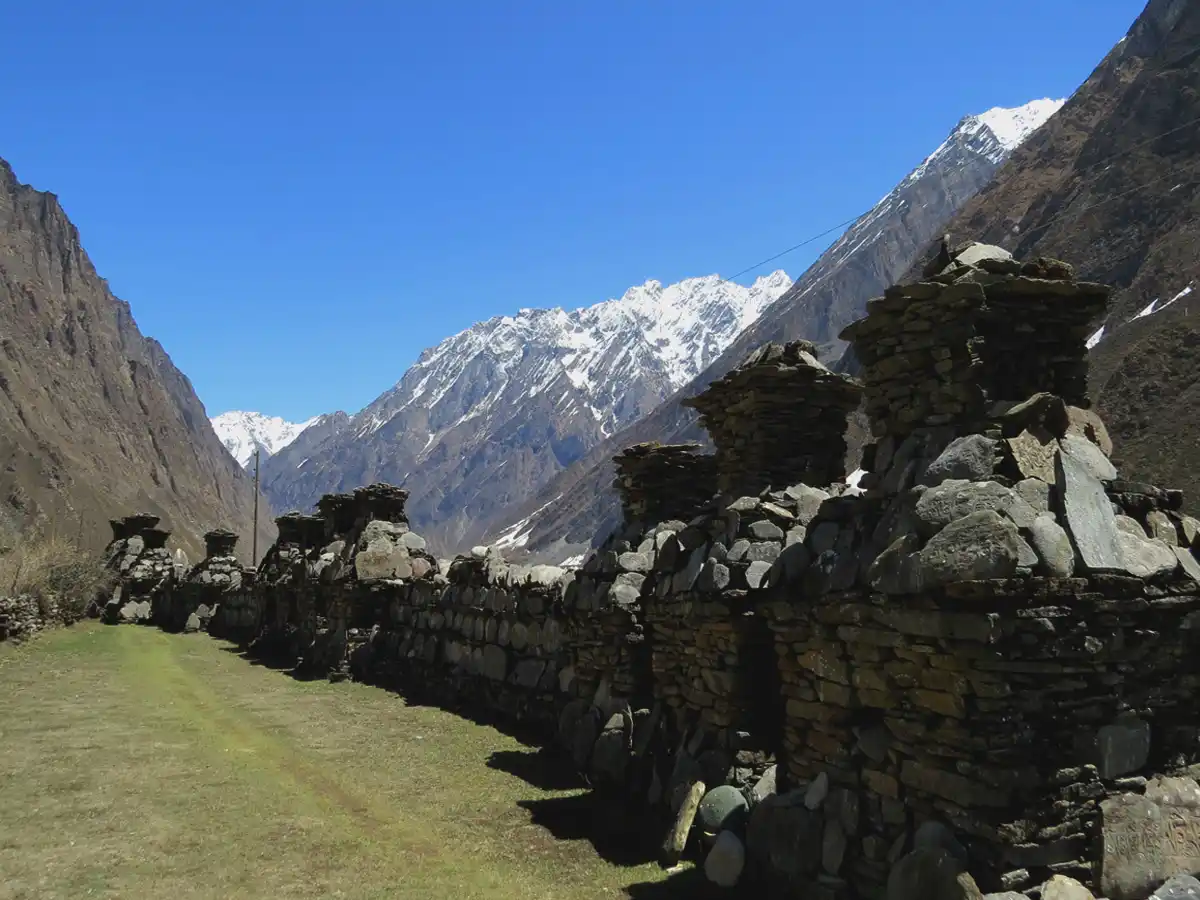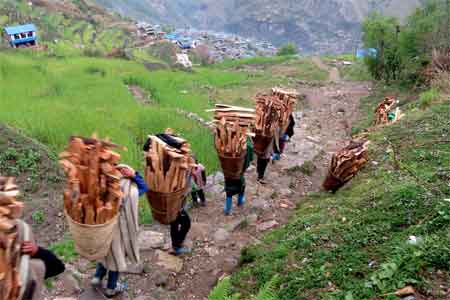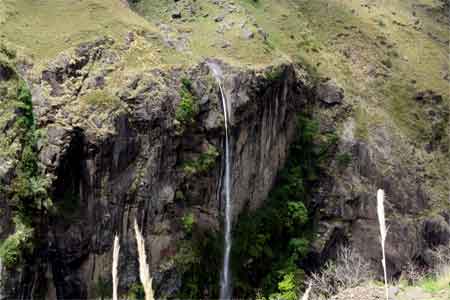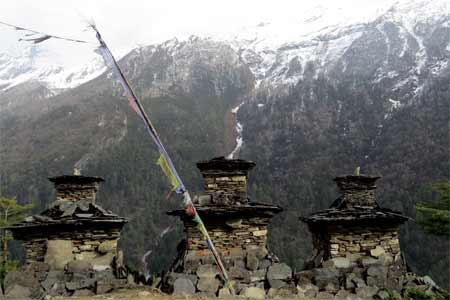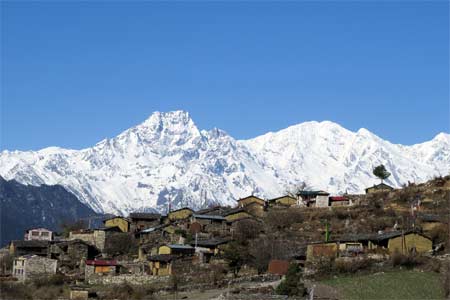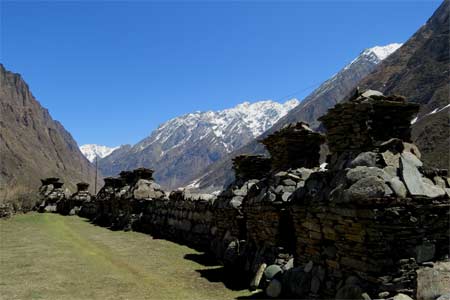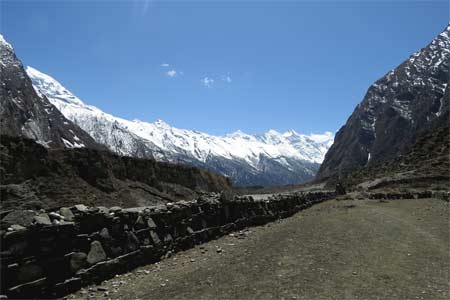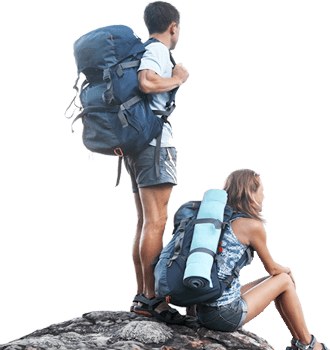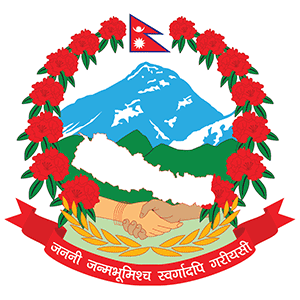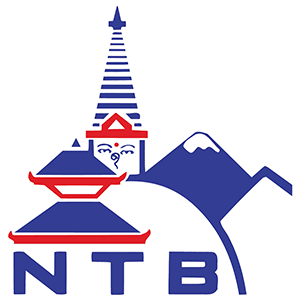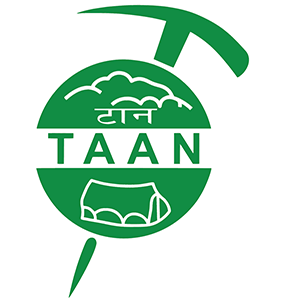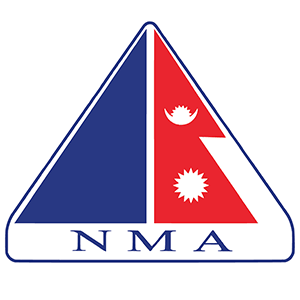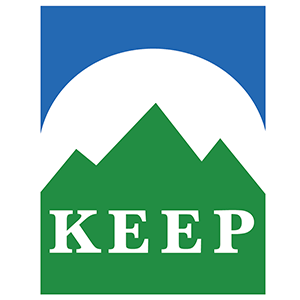Upon your arrival at the airport, our company representative will warmly greet you and ensure your smooth transfer to the hotel. It is at the hotel that you will have the pleasure of meeting our team. In the evening, around 6:00 p.m. to 7:00 p.m., we will organize a pre-trek briefing. This gathering provides an excellent opportunity to familiarize yourself with the other members of your group before we all proceed to enjoy a delightful dinner. The welcome dinner will feature authentic Nepalese cuisine accompanied by captivating cultural dance performances, immersing you in the rich cultural traditions of Nepal.
Transfer: 30-45 min | Accommodation: Hotel | Meal: Welcome Dinner- Nepal Adventure Trekking & Tour Operator

